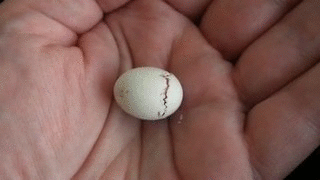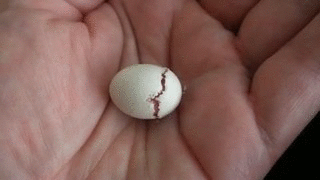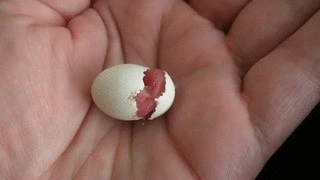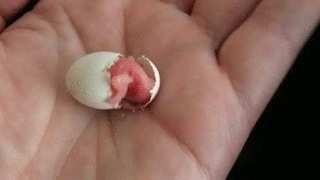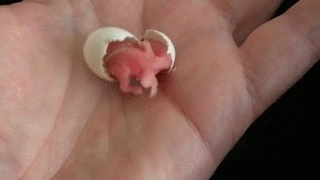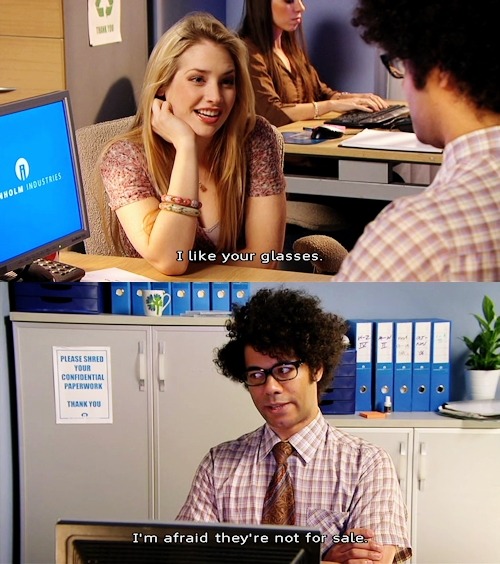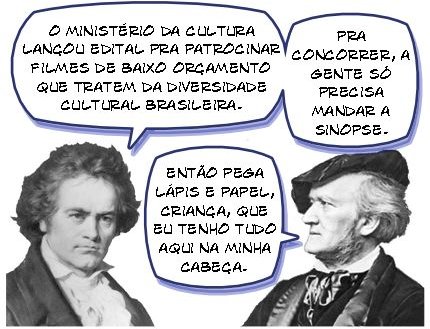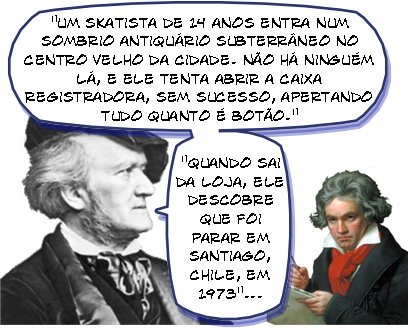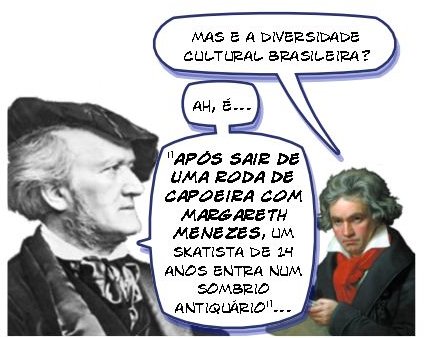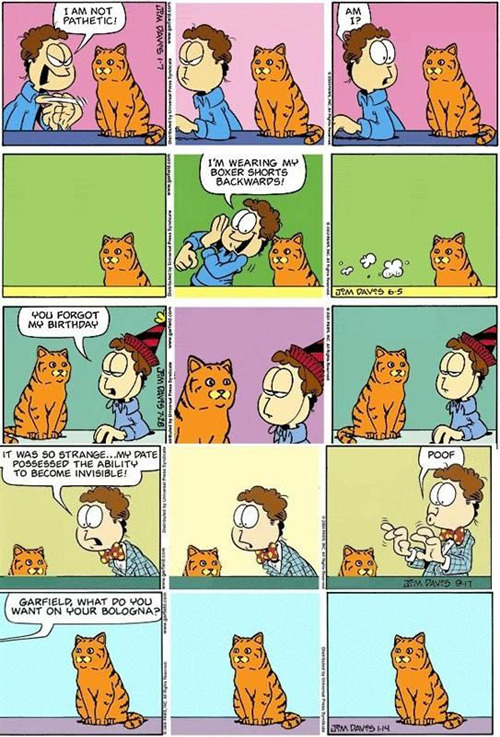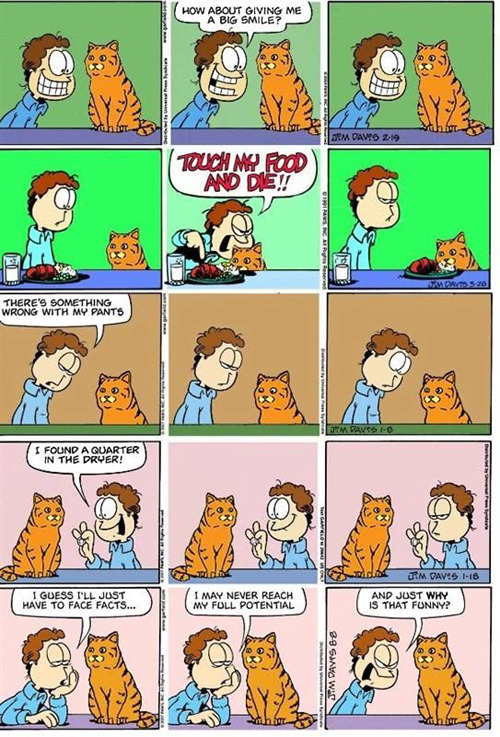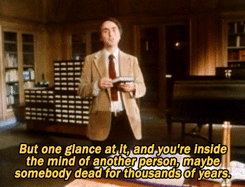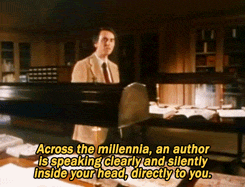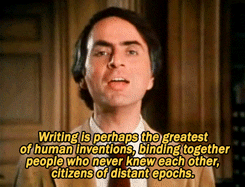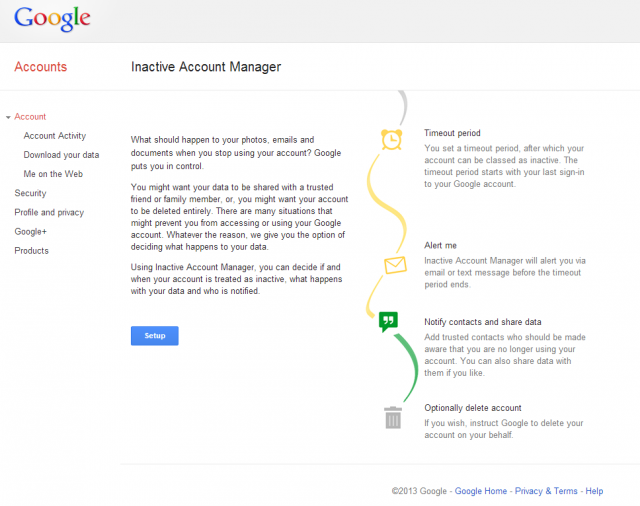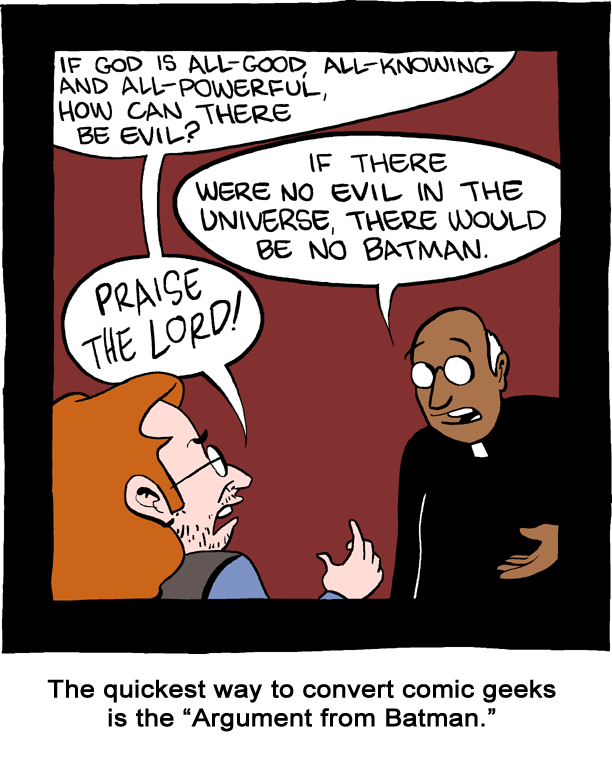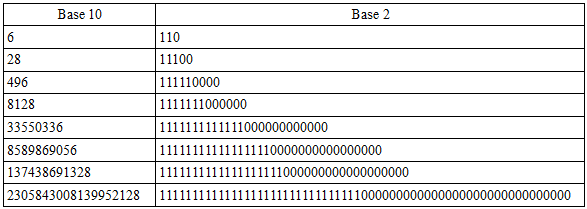As most readers of Edible Geography will know, smell makes up to ninety percent of what we perceive as flavour, primarily through a process known as retronasal olfaction, in which odour molecules travel from the mouth to the nose via the throat as we eat.
In other words, we use our noses to smell food after it’s inside us, as well as before. But, in a fascinating snippet of news based on a presentation given yesterday at the American Chemical Society’s annual meeting by German food chemist Dr. Peter Schieberle, it seems that our noses may not be not alone in that ability, and that other cells in our bodies are able to “smell” food too.
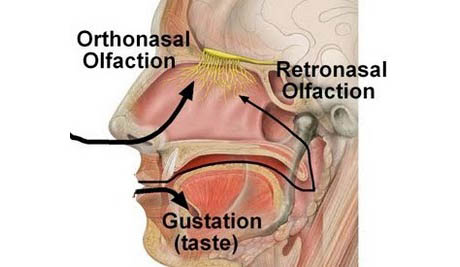
IMAGE: Retronasal olfaction illustrated, via this excellent explanation.
Dr. Schieberle’s research is focused on what he calls “sensomics” — identifying and analysing the individual compounds that, in combination, create the flavour of different foods. At the 2011 ACS meeting, for example, Schieberle reported on research showing that, of the more than 600 odour or taste compounds his team had found in chocolate, only twenty-five are “key”; together, they create a chocolate flavour that is indistinguishable from the real, more complex, thing.

IMAGE: Chocolate photographed by André Karwat, via Wikipedia.
But what of the other 575 odour and taste compounds in chocolate, if only twenty-five of them interact with nasal receptors and are experienced as flavour? Do they have any sensory impact, perhaps post-ingestion? In his presentation at this year’s conference, Schieberle explained that he and his colleagues have spent the past couple of years investigating this question, in order to discover “the fate of aroma compounds in the human body.”
Describing one experiment, Schieberle told ACS attendees that when he put “an attractant odorant compound” — some small volatile amides from chocolate — “on one side of a partitioned multi-well chamber, and blood cells on the other side,” the blood cells actually moved toward the odour through chemotaxis. Finally, Schieberle summarised:
Our team recently discovered that blood cells — not only cells in the nose — have odorant receptors. In the nose, these so-called receptors sense substances called odorants and translate them into an aroma that we interpret as pleasing or not pleasing in the brain. But surprisingly, there is growing evidence that also the heart, the lungs and many other non-olfactory organs have these receptors.
This discovery of non-nasal odorant receptors is seeming supported, Discovery News points out, by a 2006 paper in which biotechnologist Ester Feldmesser and colleagues found what they called “widespread expression of olfactory receptor genes” in tissues outside the nose, including the prostate, brain, and colon.
But, as Schieberle went on to ask, does the presence of odorant receptors, and even evidence of their response to particular aromatic molecules, mean that blood cells actually perceive flavour in some way?
Once a food is eaten, its components move from the stomach into the bloodstream. But does this mean that, for instance, the heart ‘smells’ the steak you just ate? We don’t know the answer to that question. [...] But we would like to find out.
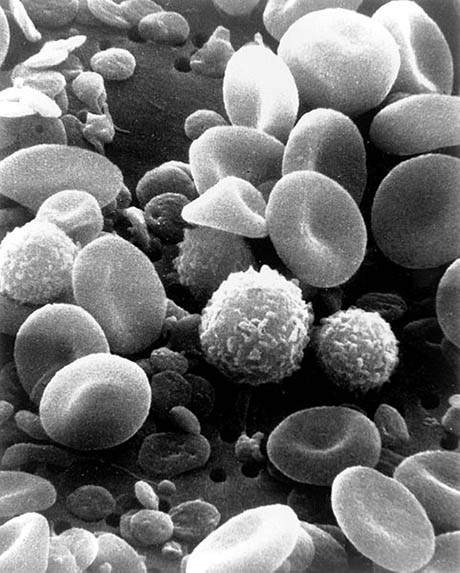
IMAGE: Blood cells photographed in a scanning electron microscope by Bruce Wetzel and Harry Schaefer, National Cancer Institute, via Wikipedia.
Moving from science into speculation, it’s tempting to wonder about the possibility of hematogastronomy. For example, just as yoga gurus might learn to consciously experience and control the normally unconscious mechanics of breathing, could gourmets tune into flavour as a whole-body experience — one that starts in the mouth, but spreads throughout the body postprandially?
If so, just as Schieberle already uses his findings on nose-brain flavour perception to optimise chocolate, tweaking fermentation and roasting processes to raise or lower levels of different odour molecules into even more delicious combinations, could chefs or chemists one day spend as much time creating foods that are attractive to our blood cells as to our noses? What is gourmet for blood?
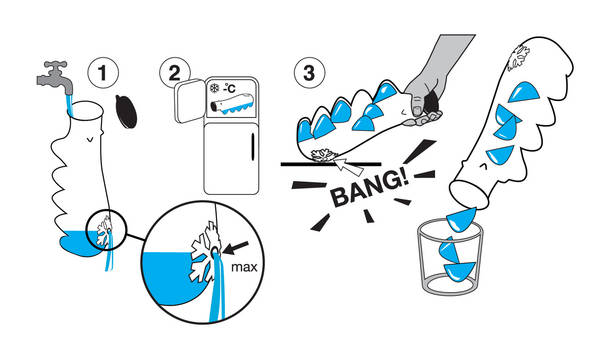
 The "Polar Bear Ice Tray" is a sealed bottle that makes icecubes and then facilitates their easy removal. The sealed container keeps freezer flavors away, and once it's all frozen, you can dislodge the ice by giving the bottle a whack on a countertop and then pour it out of the mouth. Looks like a clever way of solving an old problem, though I haven't tried it myself.
The "Polar Bear Ice Tray" is a sealed bottle that makes icecubes and then facilitates their easy removal. The sealed container keeps freezer flavors away, and once it's all frozen, you can dislodge the ice by giving the bottle a whack on a countertop and then pour it out of the mouth. Looks like a clever way of solving an old problem, though I haven't tried it myself. 










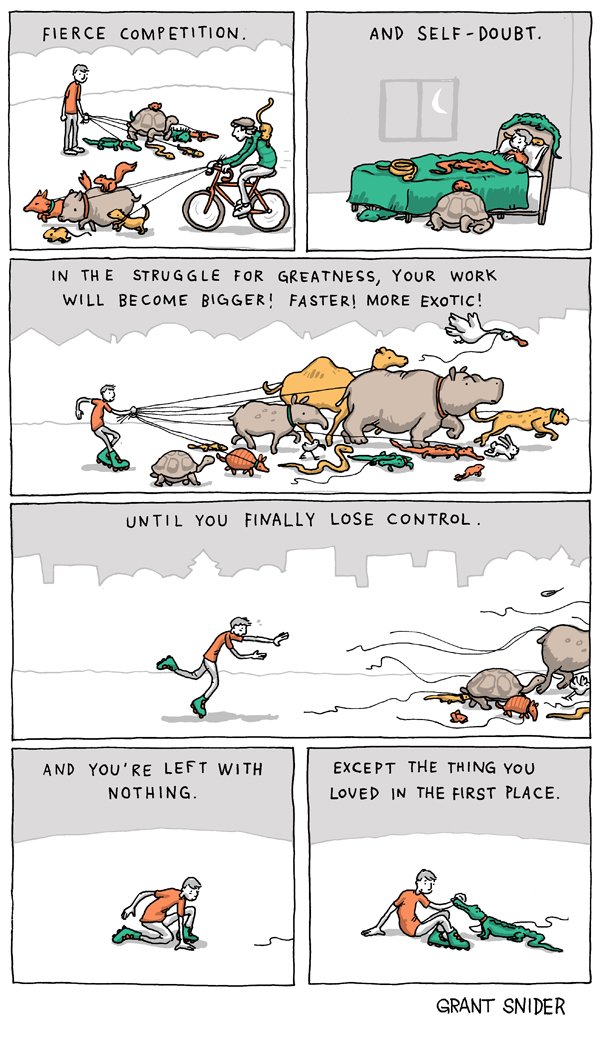

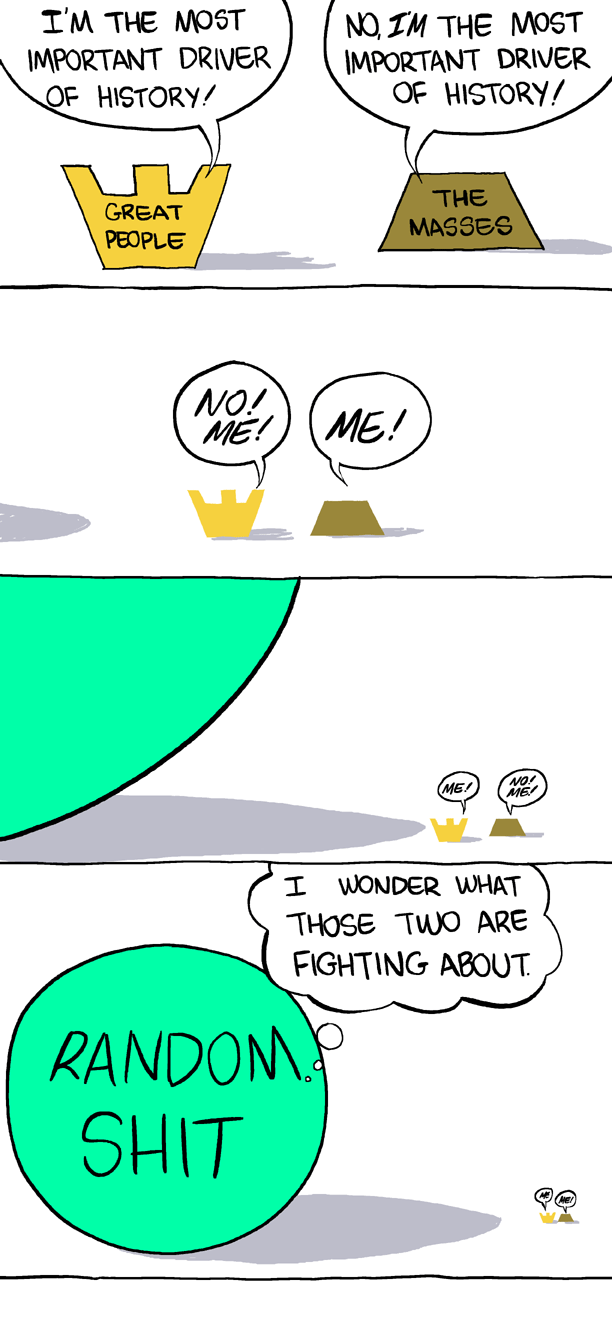
.jpg)
